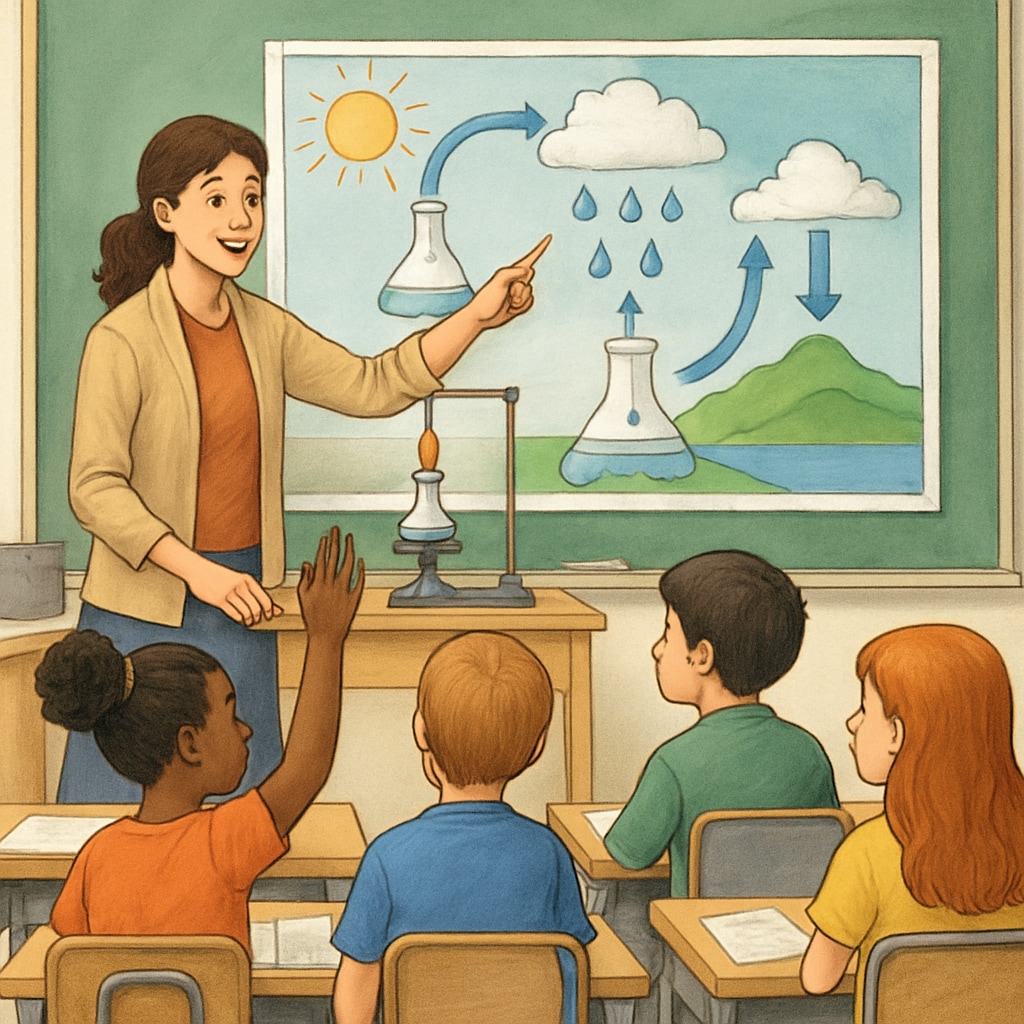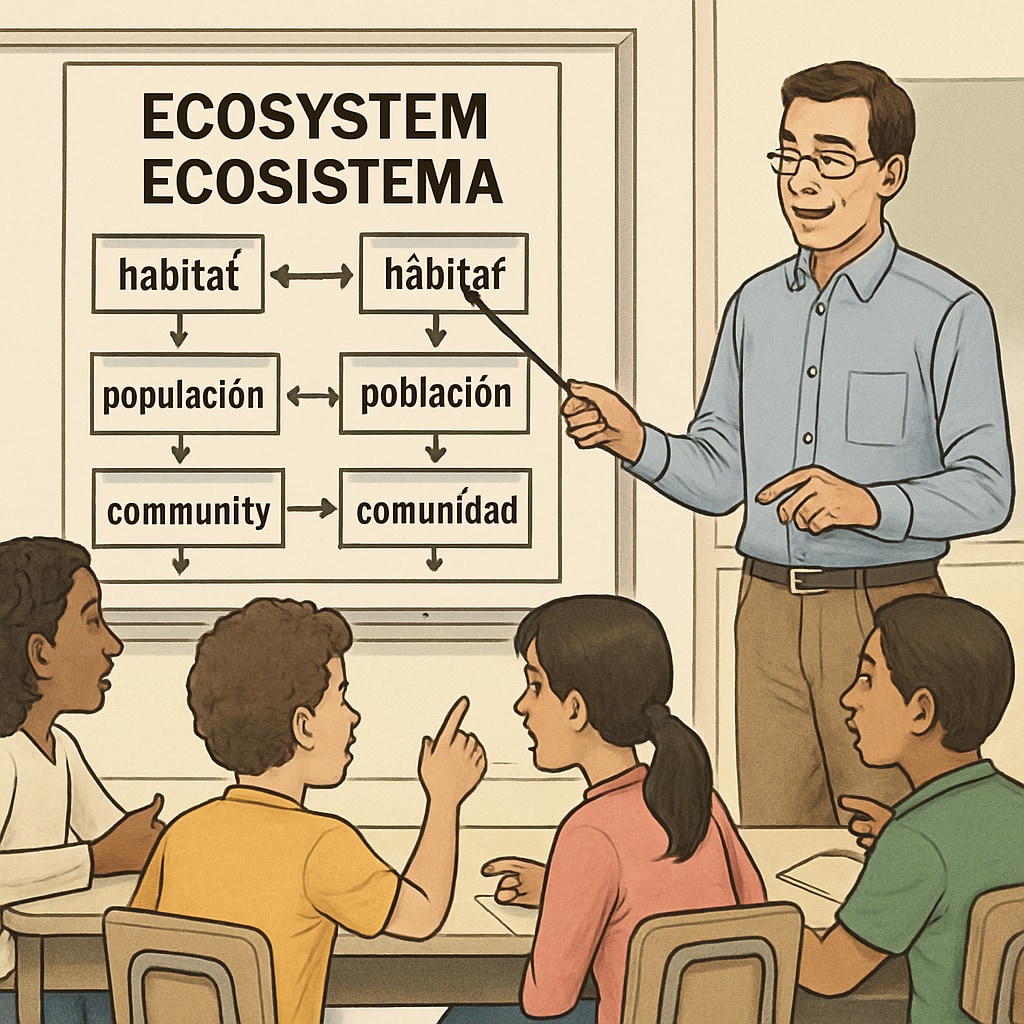Classrooms with a high proportion of English Language Learners (ELLs) present unique opportunities and challenges. Science education, in particular, requires specialized strategies to ensure that language barriers do not hinder academic success. By implementing effective methods such as differentiated instruction and culturally responsive teaching, educators can create an inclusive learning environment that supports all students, regardless of their language proficiency.
Understanding the Needs of English Language Learners
Before designing an effective approach, it is crucial to understand the diverse needs of ELLs. These students come from varied linguistic, cultural, and educational backgrounds, which can significantly impact their academic performance. Teachers should begin by conducting a comprehensive language assessment to identify students’ proficiency levels and specific challenges.
For example, some students may struggle with scientific vocabulary, while others might find it difficult to comprehend complex concepts due to limited language skills. Addressing these differences requires a tailored approach that caters to individual strengths and weaknesses.

Differentiated Instruction: A Key to Success
Differentiated instruction is a powerful tool for teaching ELLs in science classrooms. This approach involves modifying teaching methods, materials, and assessments to meet the unique needs of each student. Here are some practical ways to implement differentiated instruction:
- Visual aids: Use diagrams, charts, and videos to explain complex scientific concepts. Visuals can bridge the gap for students who struggle with language.
- Collaborative learning: Pair ELLs with peers who have stronger language skills. This encourages language practice and promotes teamwork.
- Scaffolded instruction: Break lessons into smaller, manageable steps. Provide sentence starters or word banks to help ELLs complete assignments.
- Flexible grouping: Group students based on their language proficiency or learning styles to allow targeted support.
By incorporating these strategies, teachers can ensure that all students are engaged and learning effectively, regardless of their language abilities.
Culturally Responsive Teaching in Science Education
In addition to addressing language challenges, it is essential to respect and integrate students’ cultural backgrounds into the curriculum. Culturally responsive teaching fosters a sense of belonging and helps ELLs connect with the subject matter. Here are a few ways to achieve this:
- Incorporate diverse perspectives: Highlight contributions from scientists of various cultural backgrounds to make the curriculum more inclusive.
- Relate lessons to students’ experiences: Use real-world examples that are familiar to students, such as discussing local environmental issues.
- Celebrate multilingualism: Encourage students to share scientific terms or concepts in their native languages to enrich classroom discussions.
For instance, a lesson on ecosystems can include examples from different regions of the world, allowing students to share insights based on their unique cultural perspectives.

Assessment and Feedback for ELLs
Assessing ELLs in a science classroom requires careful consideration to ensure fairness and accuracy. Traditional assessments may not accurately reflect their understanding of scientific concepts if language barriers are present. Here are some alternative assessment strategies:
- Performance-based tasks: Allow students to demonstrate their knowledge through experiments, projects, or presentations.
- Language-neutral assessments: Use diagrams, charts, or other visual tools to evaluate understanding without relying heavily on written language.
- Formative feedback: Provide constructive feedback during the learning process to help students improve incrementally.
In addition, it is important to celebrate small victories and provide encouragement to boost students’ confidence and motivation.
Leveraging Technology to Support ELLs
Educational technology can play a significant role in supporting ELLs in science classrooms. Tools such as translation apps, interactive simulations, and language-learning platforms can enhance comprehension and engagement. For example, programs like Quizlet or Kahoot allow students to practice scientific vocabulary in a fun and interactive way.
Moreover, incorporating multimedia resources such as videos or virtual labs can provide hands-on learning experiences that transcend language barriers. Many of these tools are customizable, enabling teachers to adapt them to their students’ specific needs.
Readability guidance: Use short paragraphs and bullet points to summarize key ideas. Incorporate plenty of transition words (e.g., however, therefore, for example) to ensure a smooth flow of information. Avoid overly complex sentences and prioritize active voice to maintain clarity and engagement.


